Below is the approximate transcript of the presentation I delivered as part of the MLA 2018 panel 739. Going Public: How and Why to Develop a Digital Scholarly Identity on January 7, 2018 in New York City.
I’m Lisa Tagliaferri, I have a PhD in Comparative Literature and Renaissance Studies from the Graduate Center, CUNY, an MSc in Computing and Information Systems from the University of London, and am currently working in industry at a cloud infrastructure company, DigitalOcean. I’m going to talk to you today about how I have leveraged working in a public digital space to help me achieve research and professional goals. Significantly, I have found that digital work in both academic and non-academic spaces have helped me synthesize general themes across my work and have served to strengthen my output in both areas.
When I talk about my research or my professional work, I tend to emphasize my interdisciplinary background and collaborative approach. I have found that creating narratives about my work while applying for grants and funding, preparing for job interviews (in academia or industry), and especially blogging and collaborating in an interdisciplinary cohort has helped to elucidate my own conception of the contributions and purpose of my work. Because my research is on Catherine of Siena, a 14th-century Italian mystic writer, the fact that I now work in tech may seem unusual. However, through my later graduate work, especially in working in the dynamic and public-focused space of the Futures Initiative, I was able to discover that the reason I was so interested in 14th-century Italy was because of the rich community-building that came about through the advent of humanism that sparked the Renaissance, and because of the greater access that was afforded through textual production in the vernacular Italian language. Rather than keep people out, Italian writers and especially public figures like Catherine of Siena were working to bring people into the fold and ensure that those of lower classes, the uneducated, and women were able to participate in a broader discourse.
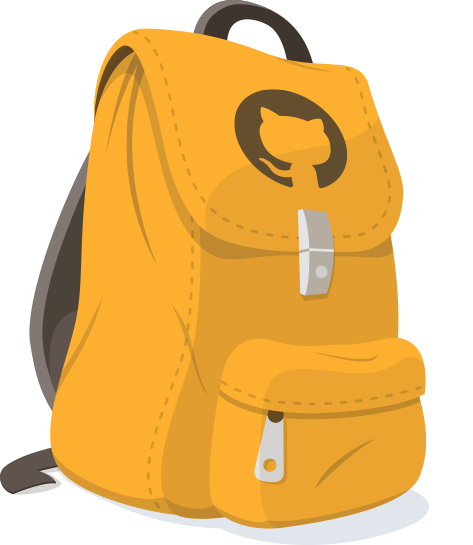
At its best, technology helps to build community and allows people to participate in greater publics. I learned about my current organization, DigitalOcean, through the GitHub Student Developer Pack because I was offered $50 in server credit for signing up with a .edu email address. I had never worked with an unmanaged server before so I looked at their tutorials about how to set up a basic Linux server (significantly, you can follow their tutorial to set up a Linux server with a competitor, it is all open-source-based and agnostic).
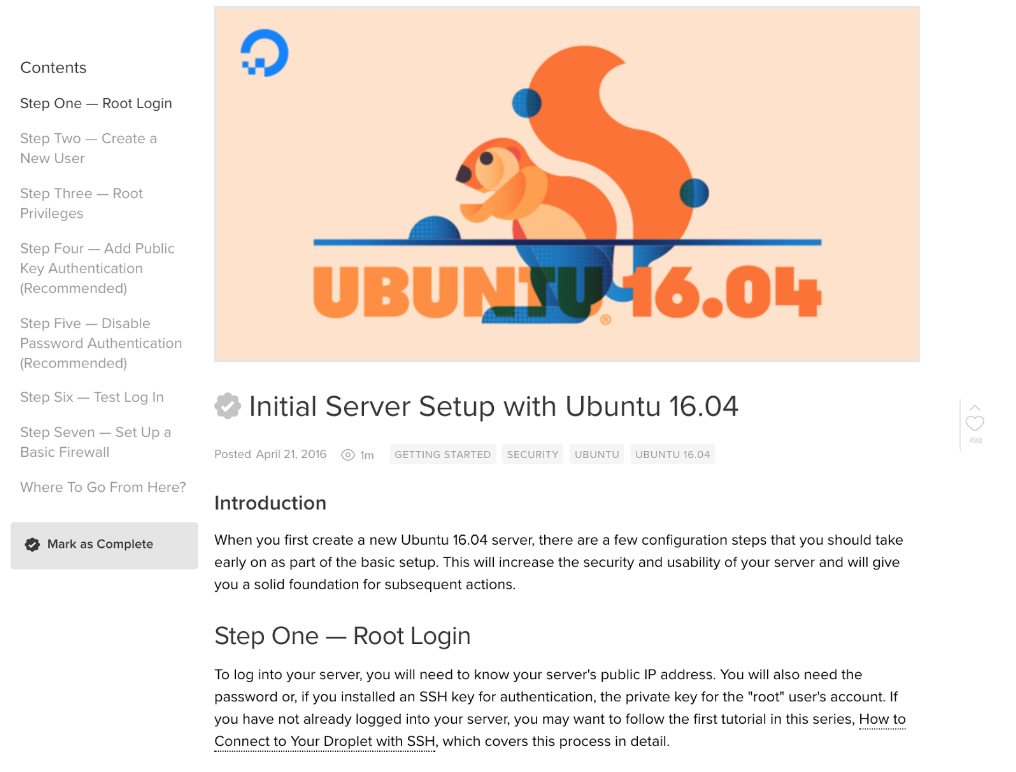
Because I needed a web server, I also read about how to set up an Nginx site for the public-facing digital component of my dissertation project. And to make it secure, I followed another tutorial to set up and automate Let’s Encrypt for a free HTTPS protocol. Working with an unmanaged server provided me with greater control over my spaces online, and allowed me to begin learning more about system administration and DevOps. I now had a dissertation website where I could share my project publicly online.
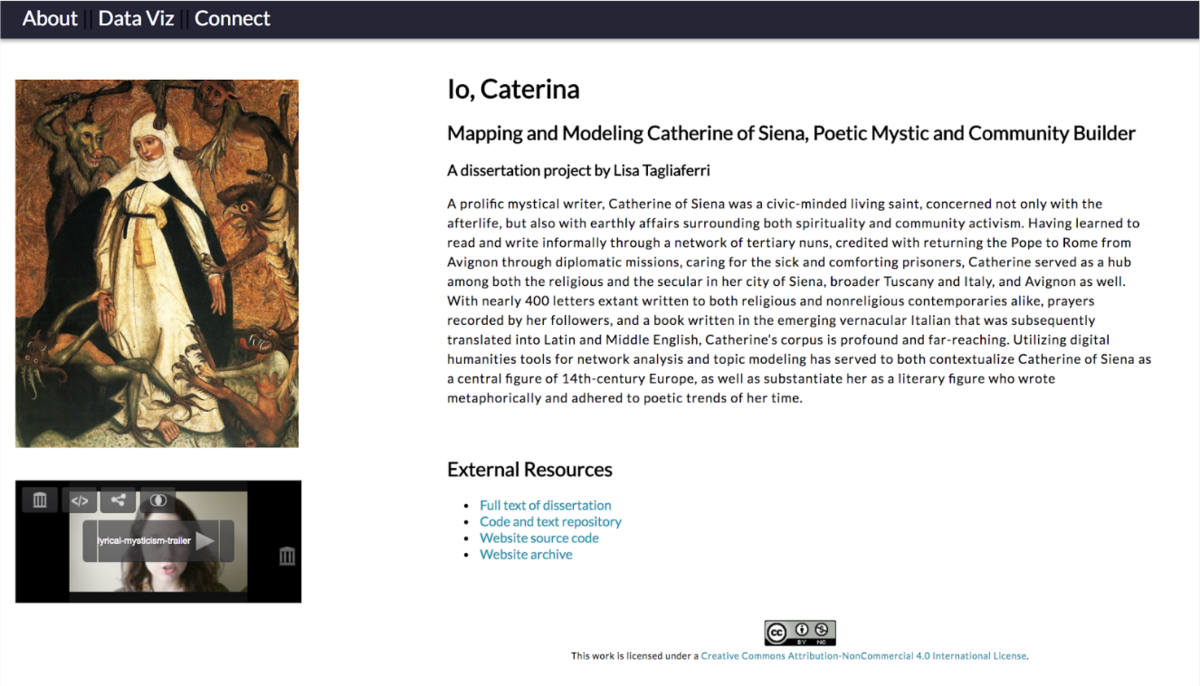
In the meantime, I continued working on research and teaching and, later, through social media channels, I found a role advertised with DigitalOcean that seemed like a great fit, as they were now seeking someone to write those same agnostic tutorials but this time about programming languages, which I had a professional and research background in. I had talked previously with the Office of Career Planning and Professional Development at the Graduate Center about where I could potentially fit in, and though I continued to add to my academic CV, I had also worked to make a resume more appropriate for non-academic jobs. For this position, I tailored my resume further and made sure that my digital identity was multi-pronged in terms of thinking about technology, the humanities, research, and teaching. I have actually found that the teaching experience that we gain in our humanities training is often a great selling point as long as it is contextualized in a way for those in different industries to understand.
That said, I think I am the only person in the world who has talked about a medieval Italian saint at length in tech industry job interviews. It was important to me to be forthcoming with my experience, and this was possible to do with the narratives I had previously created through blogging and writing for grants. Like any piece of communication, we must think about our audience. When talking about early Italian vernacular writing, I would emphasize the levels of community engagement inherent in my topic and my approach, and that a great deal of my methodology was digital in nature, and that the DH approach helped me find new insights into my subject (it was Cathy Davidson also of the Futures Initiative who pushed for me to make my dissertation more digital and robust). It helped that I was able to talk about data visualization and topic modeling in technical terms, explaining the JavaScript libraries I used and the machine learning algorithms that the textual analysis was based on. However, any specific job — whether it is academic or not — will need its own individual and careful approach.
I started working at DigitalOcean in July of 2016 and defended my dissertation in April 2017. My work in tech has largely consisted of writing education-based tutorials on programming languages. The tutorials I have written are free for anyone anywhere in the world, are open access and creative-commons licensed. When I first began, I had some reservations about sharing my knowledge in such a public way. And it was challenging to find my own tone and approach in the beginning, but I can say that my tutorials are largely informed by my humanistic background and the thinking through pedagogy that I did with Katina Rogers, Danica Savonick, and the Futures Initiative.
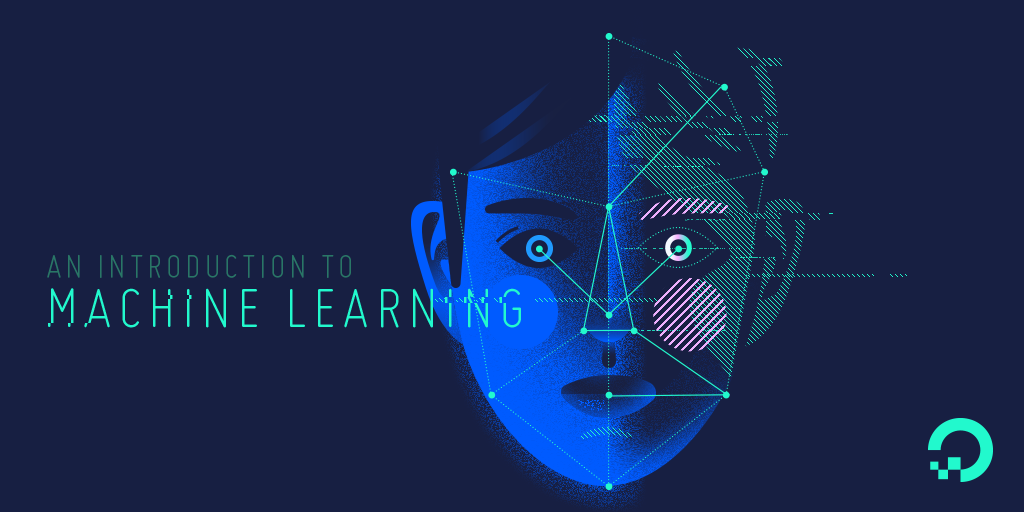
For example, a recent technical article I wrote about machine learning has a section about unconscious bias that I was hesitant about putting online out of fear of repercussion, but I have been pleasantly surprised that people in tech do want this nuanced and thoughtful approach, and I have received only positive feedback, specifically because of this section as it is not often addressed in technical publications.
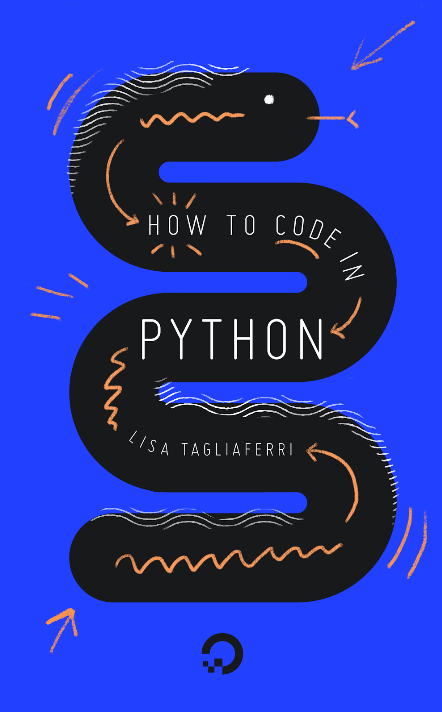
Because I was writing a book on Python in a very public way alongside writing my dissertation at home, many of the aspects of public, available, digital work became less intimidating. I decided to make my dissertation creative commons licensed and freely available. This seemed like the right thing to do, especially as a graduate of a public school. I worked closely with the Graduate Center librarians Roxanne Shirazi and Stephen Klein to set my dissertation up for the public and archive my website and digital components. Thankfully, I also had other great examples of public scholarship and resources like the Futures Initiative to empower me to make these decisions.
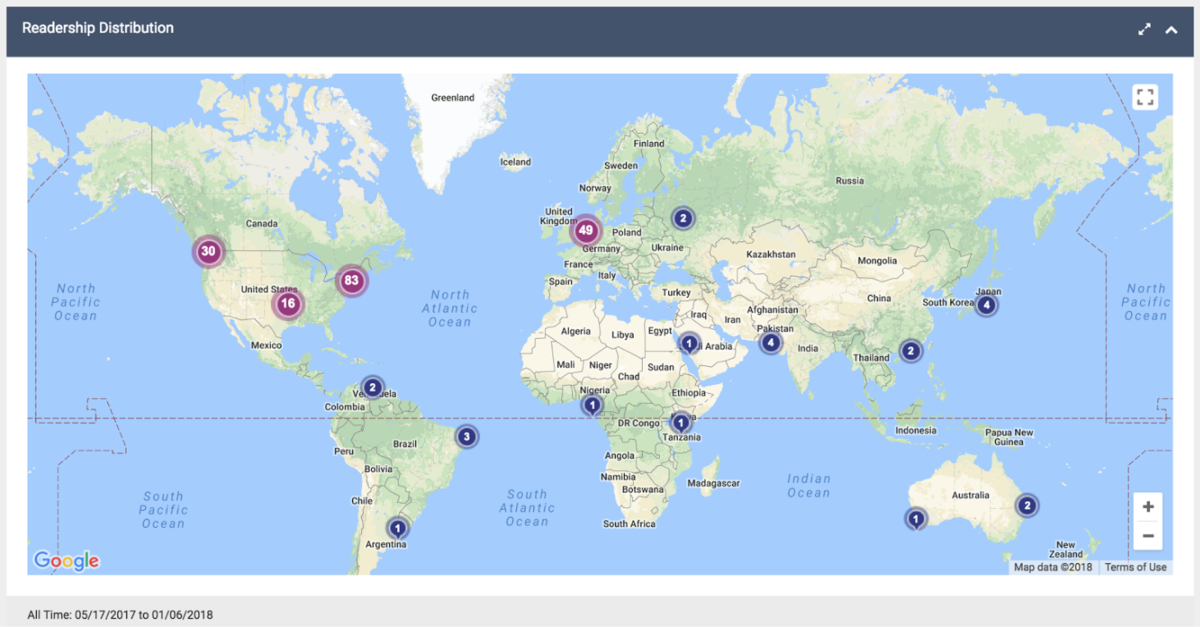
My dissertation has been downloaded over 200 times in 31 different countries. I know that this may not be the right choice for everyone, and I am not sure what the long-term impact will be, but so far it has only been a positive experience for me.
As my career continues, I think a lot about aligning my research and public scholarship goals alongside a career path in technology. It is challenging in many ways and is still something I am trying to navigate. I am fortunate in that I have a supportive and encouraging team at my organization (a member of whom is in the audience: Etel Sverdlov, Director of Community at DigitalOcean). Within my industry role, I am able to engage widely; the reach of this work still surprises me — my most popular tutorials have each been viewed hundreds of thousands of times. Helping more people learn about technology — even if they are not going to work in the field themselves — is incredibly rewarding as a humanist as technology becomes increasingly pervasive. The more communities involved in the discussion around the creation of technology, the more communities there will be whose needs are served by technology. The work that I am doing outside of academia continues to expand on my research goals, and I am continuing to negotiate these various public online spaces. So far, I have found the work I have done in a public and digital way over time has been effective in supporting my longer-term objectives. I hope others will feel empowered to contribute to digital discourses in meaningful ways that are comfortable and satisfying for them.
